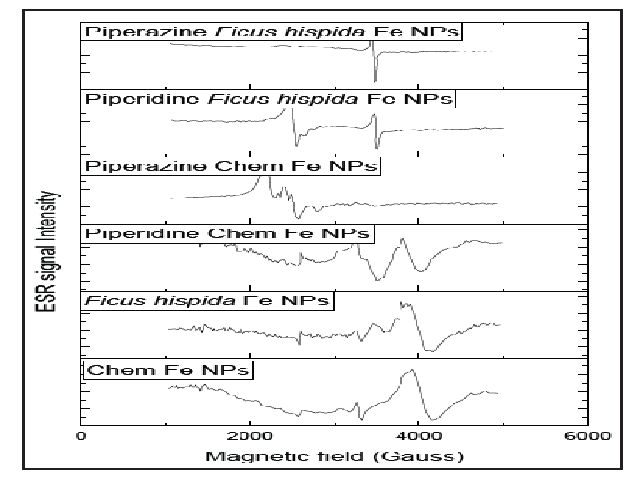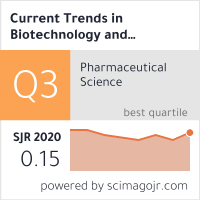Photocatalytic Degradation of (Neomycin) Antibiotic Concentrated Pharmaceutical Disposals using Ficus hispida Synthesized Fe Nanoparticles under Simulated Sunlight
DOI:
https://doi.org/10.5530/ctbp.2023.3s.63Keywords:
Ficus hispda, Fe nanoparticles, antibiotic wastes, neomycin, photo catalytic degradationAbstract
In recent times, the presence of aminoglycoside antibiotic waste in water bodies and the environment has become a serious issue. To address this, it is important to reduce the toxicity of antibiotics in pharmaceutical waste management. In this study, the photo-catalytic degradation of the aminoglycoside antibiotic neomycin using Fe Nano Particles (NPs) synthesized from Ficus hispida has been investigated. For the synthesis of Fe NPs, Fe (II) sulphate salt (FeSO4•7H2O) was used and treated with Ficus hispida extract to prepare biosynthesized Fe NPs. Alternatively, chemically synthesized Fe NPs were prepared using sodium borohydride. The degradation efficiency of Ficus hispida synthesized Fe NPs was 3.1 times greater than that of chemically synthesized Fe NPs in the photo-catalytic degradation of neomycin-rich pharmaceutical waste water. This improvement was attributed to the greater surface area of Ficus hispida synthesized Fe NPs (6.3 m2/g) compared to chemically synthesized Fe NPs (4.8 m2/g). The degradation kinetics were evaluated using the Langmuir–Hinshelwood model and the importance of surface reactions in improving the photo-catalytic reactions were ascertained. Piperidine and piperazine immobilization on Ficus hispida synthesized Fe NPs and chemically synthesized Fe NPs increased neomycin antibiotic degradation. Antibiotic activity experiments were conducted on the treated residues and the results indicated that Ficus hispida synthesized Fe NPs were more effective than chemically synthesized Fe NPs.



